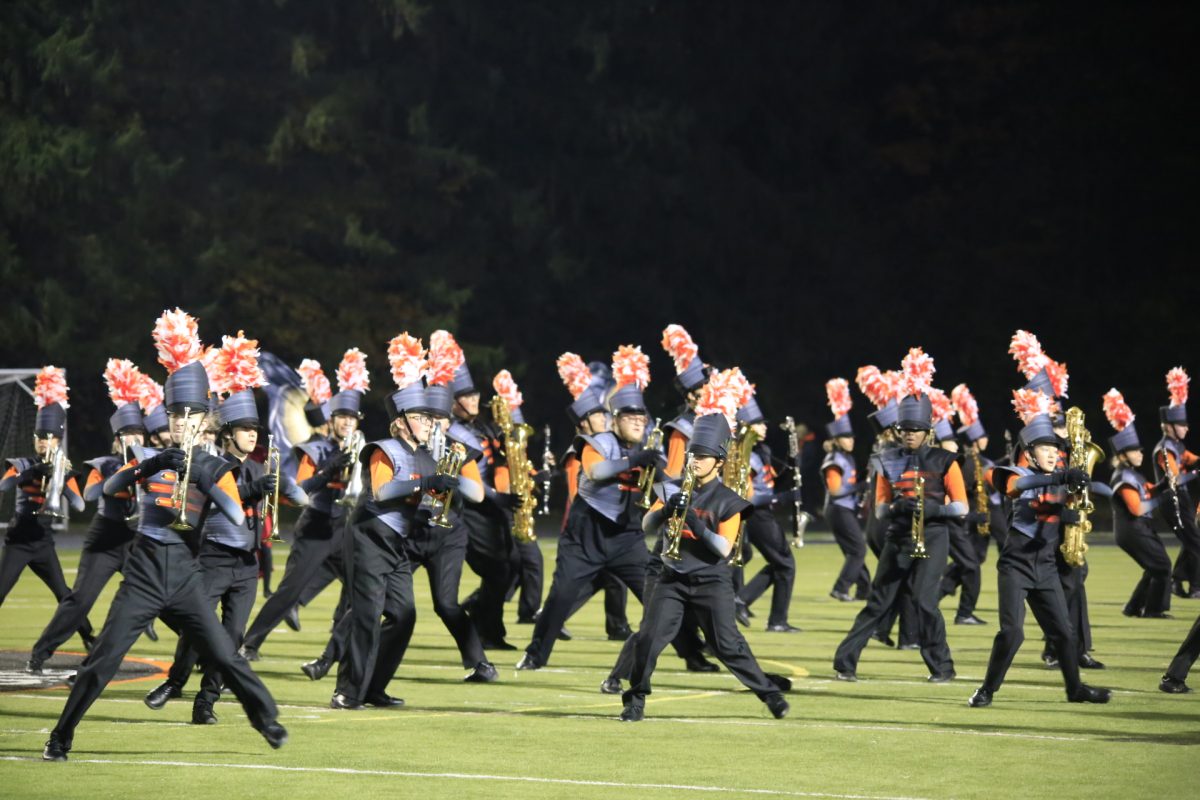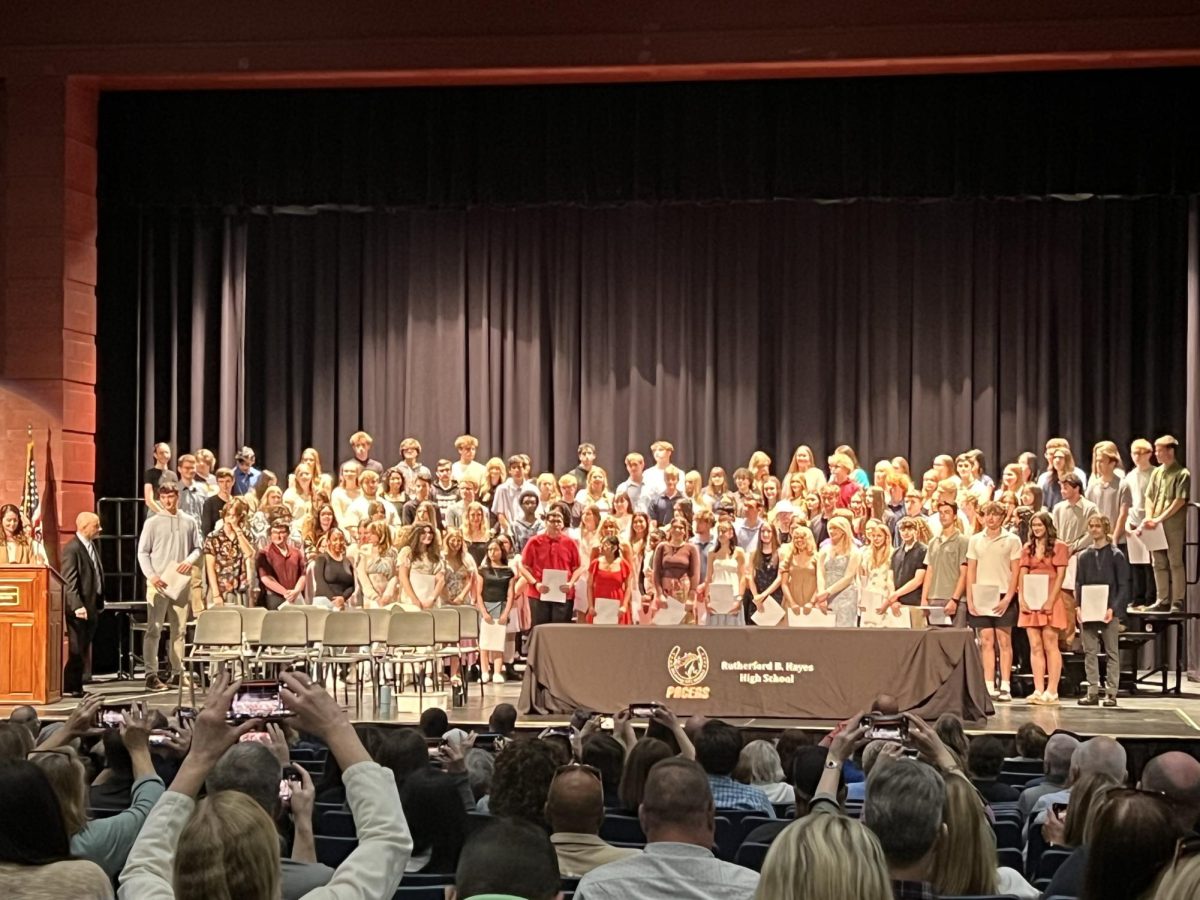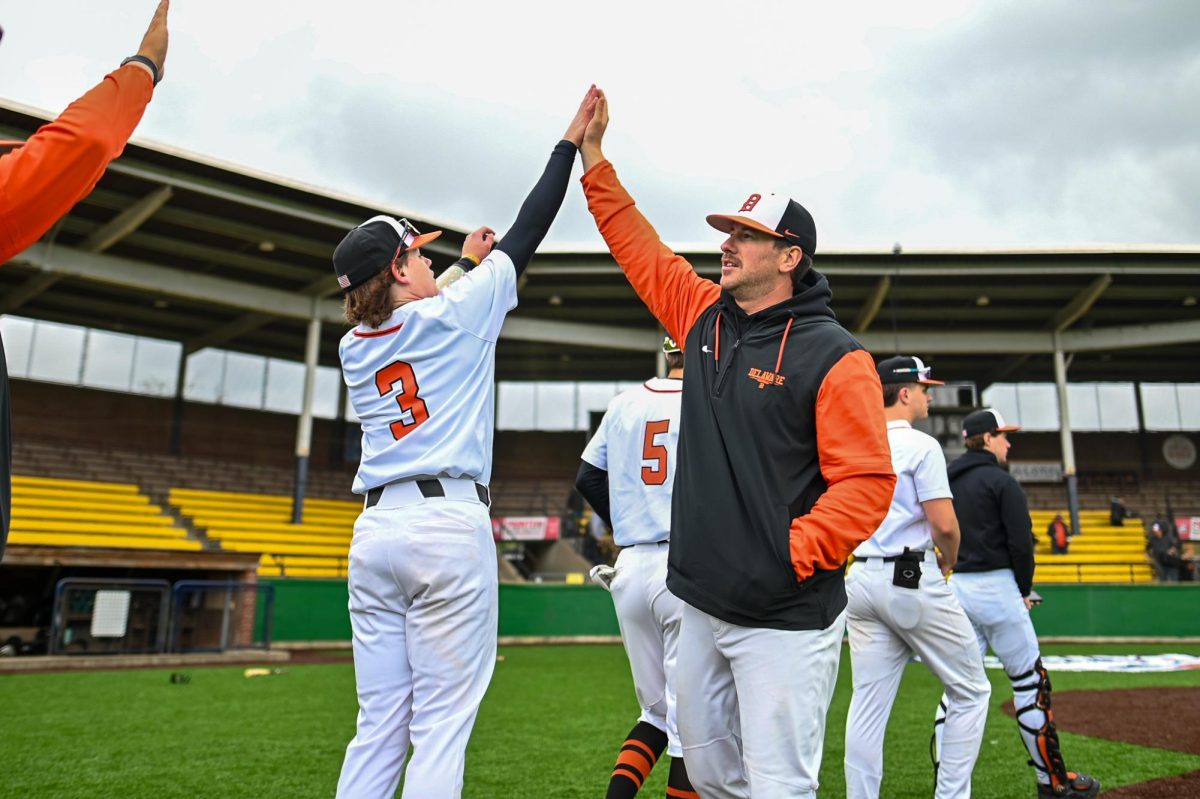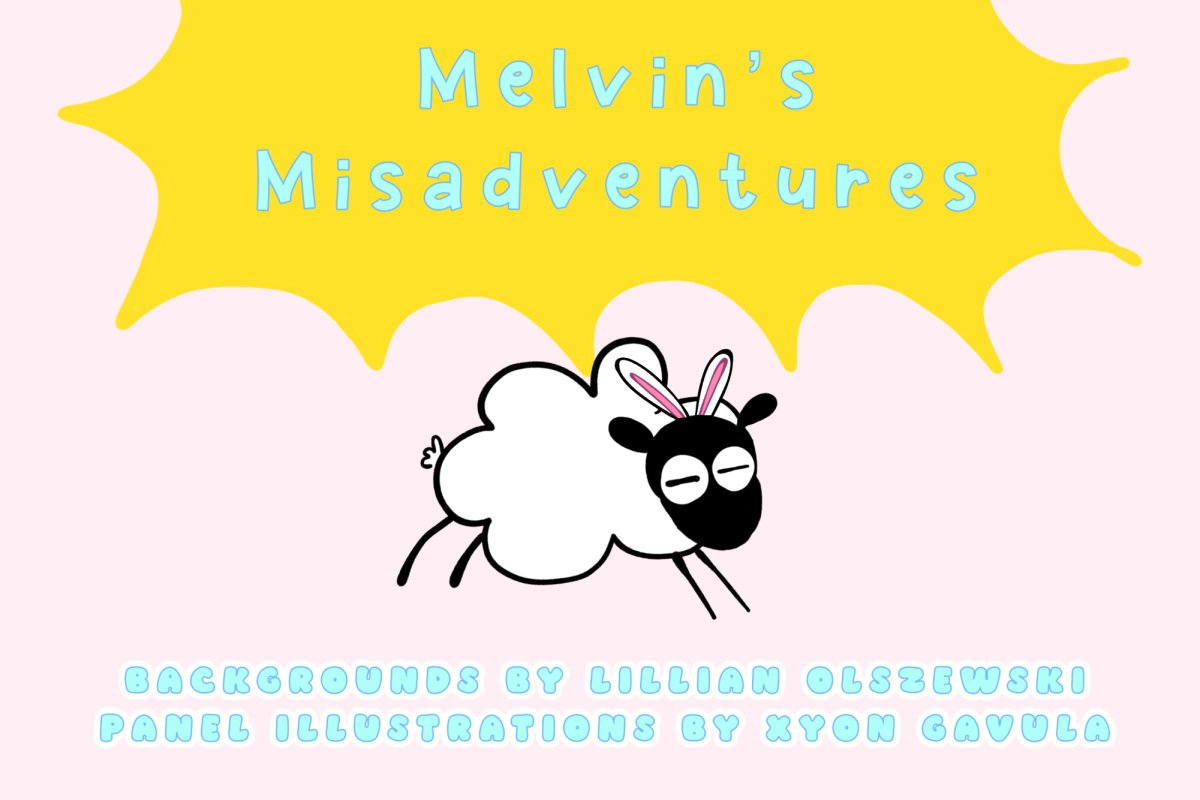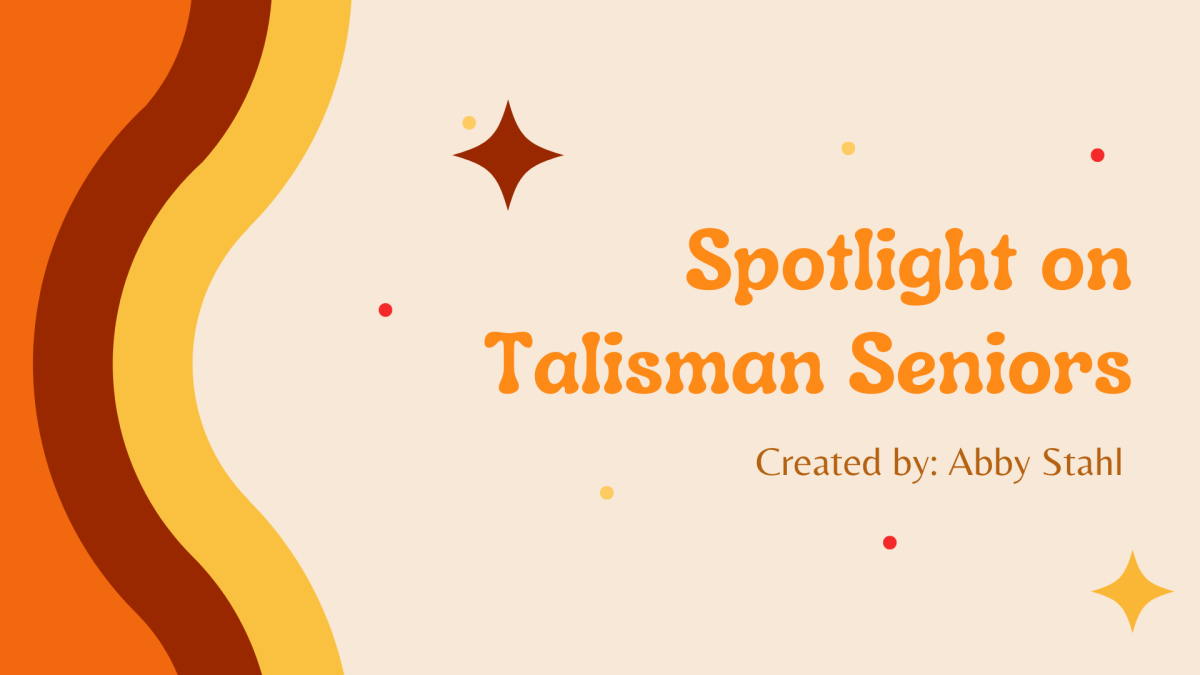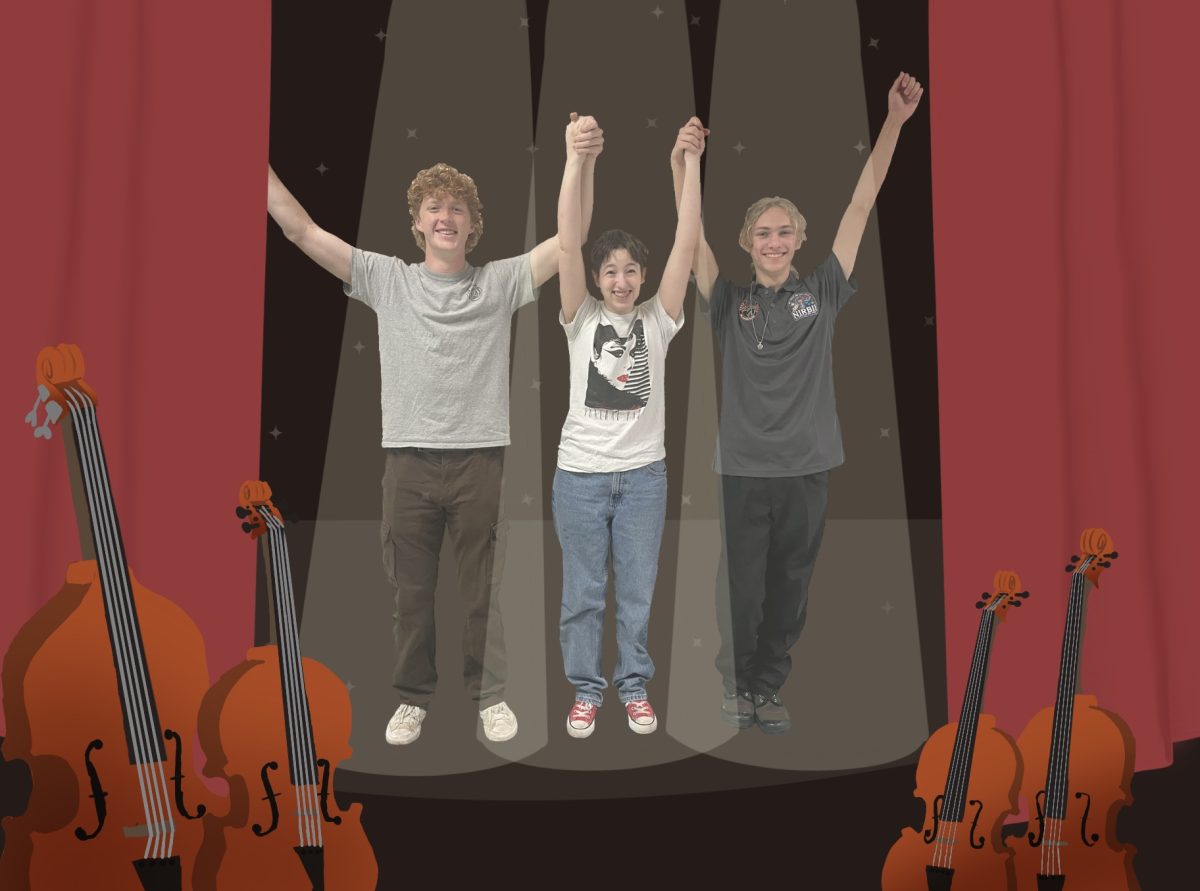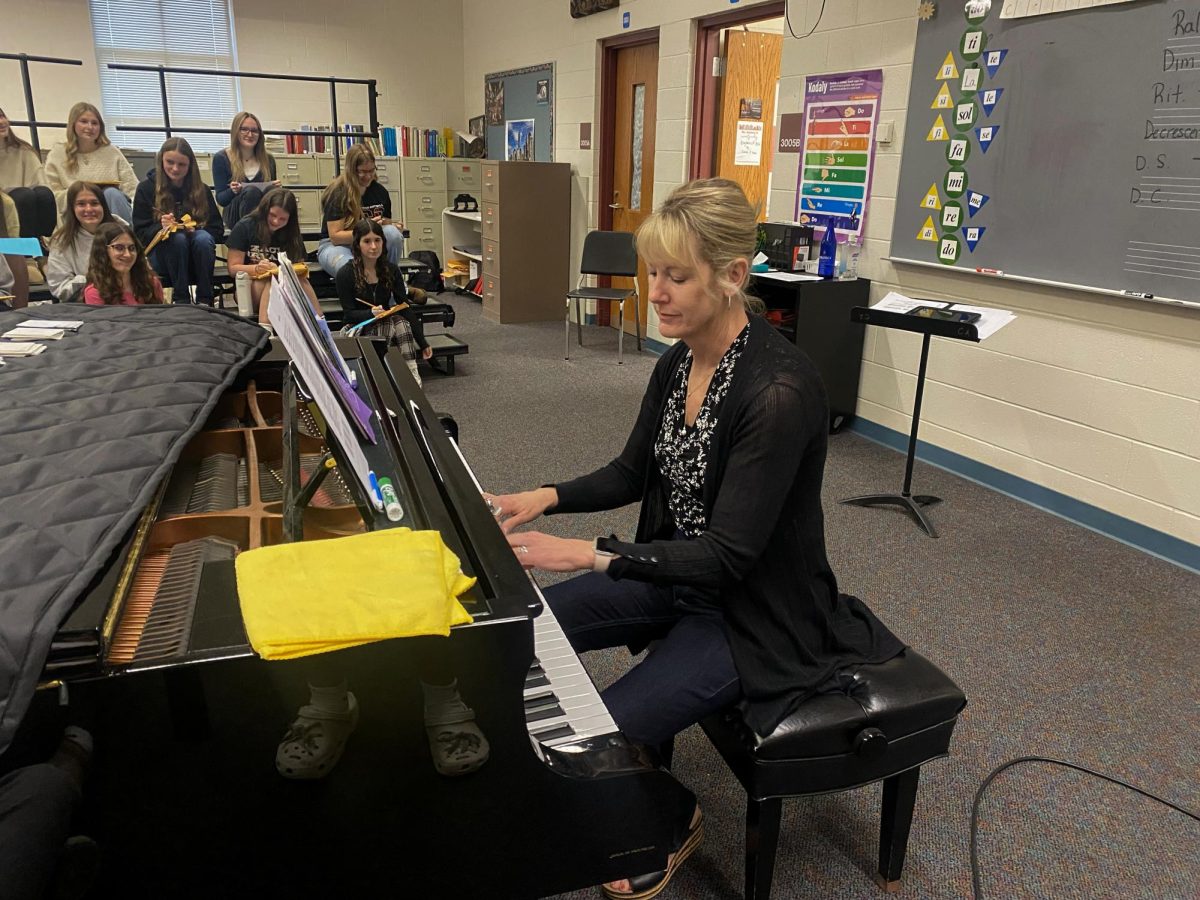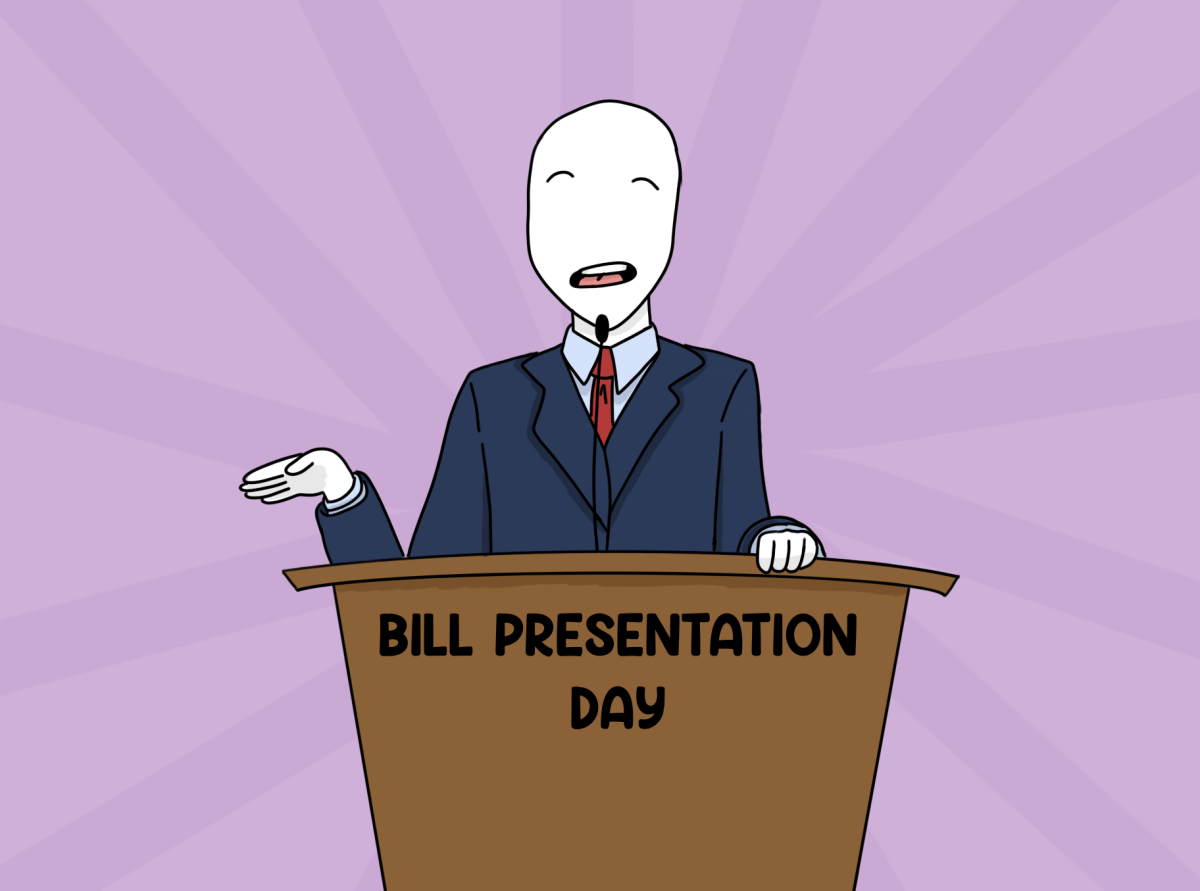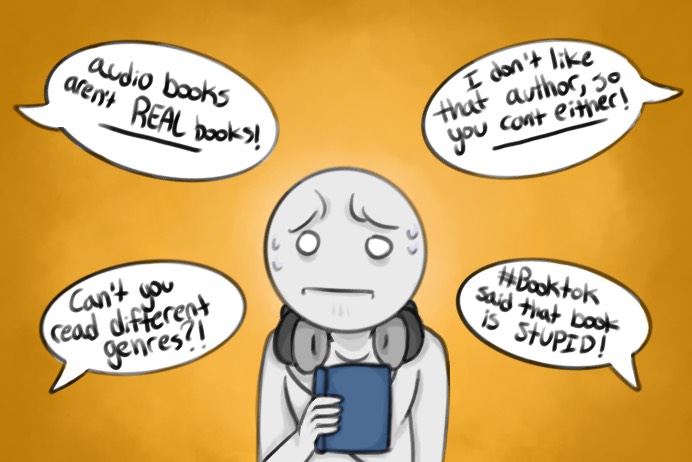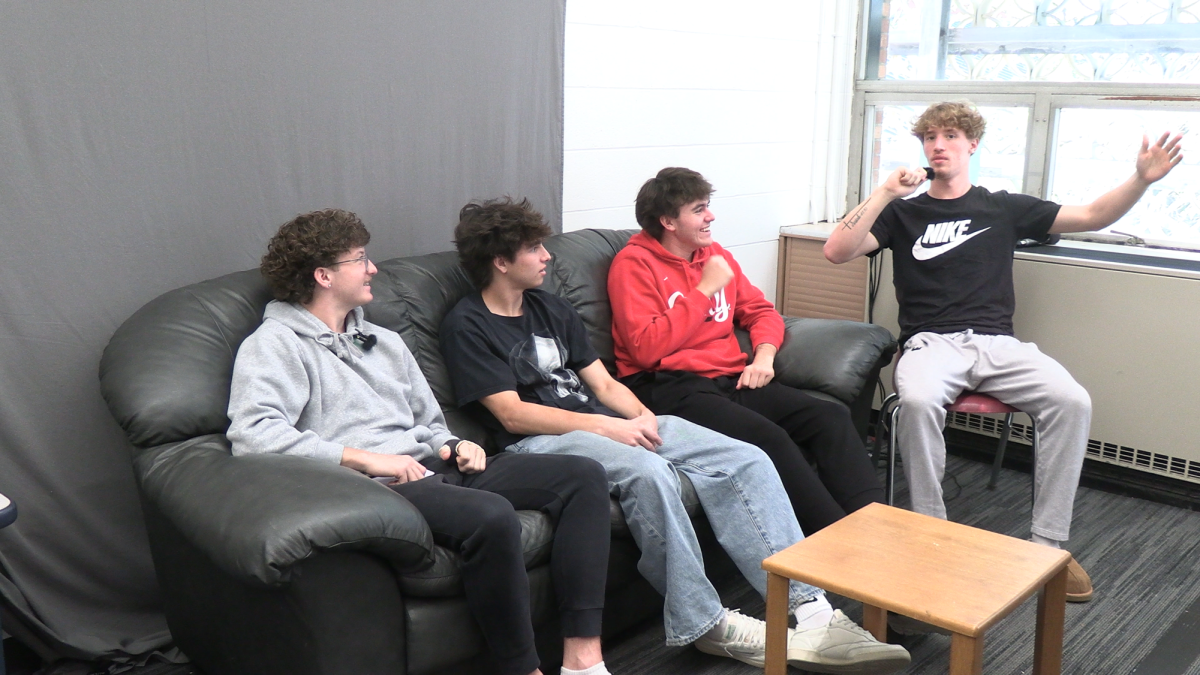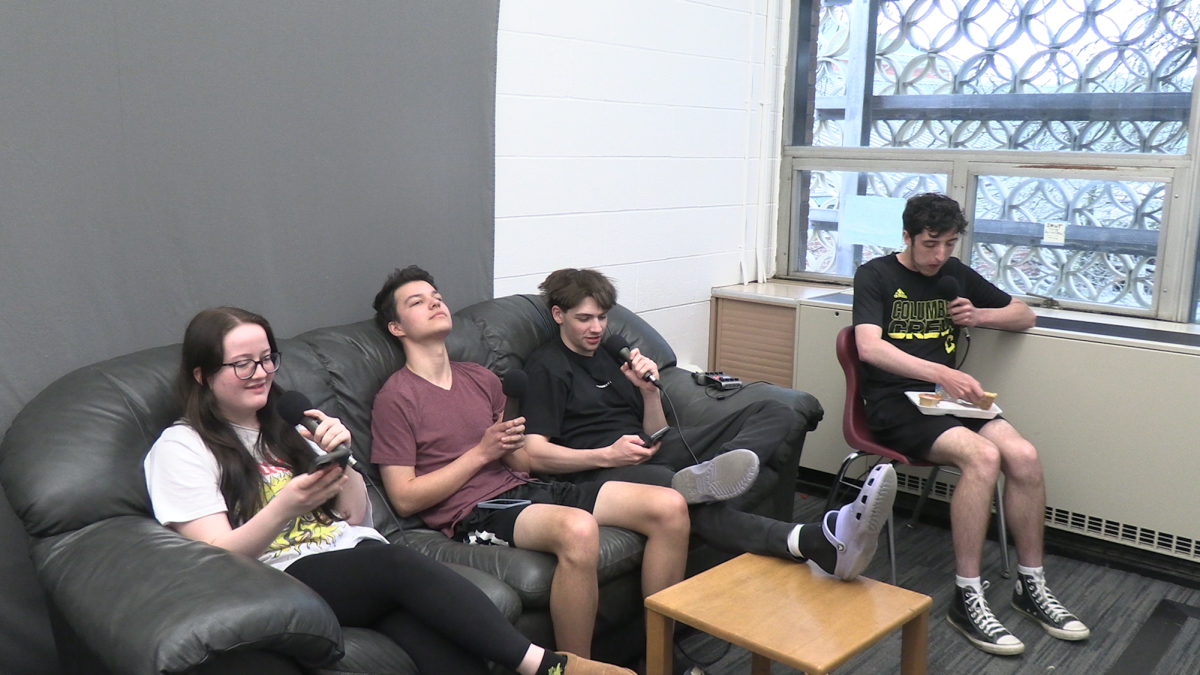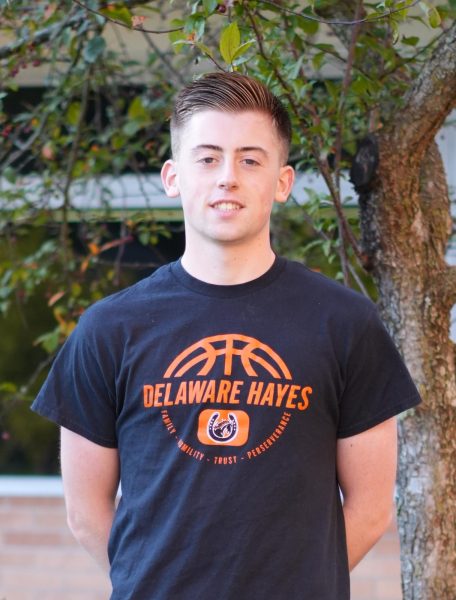Students and teachers reflect on ethical and practical uses for artificial intelligence
With the increased availability of AI, it becomes unclear where the student ends and the computer begins. One example is this art, which was created by Carter Sims through Picsart.
May 1, 2023
As the use of artificial intelligence (AI) continues to expand into various areas of our lives, it’s no surprise that some students have turned to AI for academic purposes. While technology has the potential to enhance learning and research, it has also given rise to new forms of academic dishonesty, including the use of AI to cheat on assignments and exams.
One of the most concerning aspects of AI cheating is the difficulty in detecting it. Traditional methods of plagiarism detection, such as comparing written work against existing databases of academic papers, may not be effective against AI-generated work. Additionally, some AI tools are designed to mimic human writing styles, making it challenging to distinguish between work generated by a student and work generated by a machine.
In fact, the two paragraphs above were written by ChatGPT, artificial intelligence software that can write anything based on a simple prompt. However, questions do arise on the ethics of using such resources.
According to the 2022-23 Hayes Student Handbook, academic dishonesty, or cheating, is defined as “Presenting someone else’s (author, critic, or peer) work as one’s own in order to obtain a grade or credit.” While AI software is not specifically mentioned in the handbook, the software is the one writing. But then again, is the software “someone?”
This question makes it murky on whether using artificial intelligence, and to what degree, should be classified as cheating or as using a resource.
Some students have opted to avoid AI entirely when it comes to school out of fear for the consequences of using it. Junior Ayden Fox said he worries that the cons outweigh the pros.
“It’s definitely helpful if you want to finish an essay in 10 seconds,” Fox said. “But it doesn’t help you in the long run, especially if you get caught. It definitely should be considered cheating. It’s not even you doing the work.”
Other students have been willing to try out the software to experiment with its capabilities. Junior Caiden Bennett tried out ChatGPT to see its uses, but wasn’t sold on its practicality.
“A few months ago I definitely took a look at it,” Bennett said. “It was more a hassle for me. I could see it working well with essay writing, but I just didn’t really need that.”
While ChatGPT is more writing-focused, other systems can operate in different subjects. Photomath can analyze a picture of a math problem and generate a step-by-step breakdown of how to solve it. Josh Hill, a Hayes grad, now teaches Algebra in the district and also tutors students in the area. Hill said he is skeptical about the actual benefit it has for students.
“Resources like Photomath are great supplementals that students can use to check their work and ensure that they’re properly understanding the process,” Hill said. “I do, however, feel like there’s a higher value in productively struggling through a problem on your own, seeing what you can come up with and then using a resource like Photomath or a teacher’s answer key to compare strategies.”
Though it can help students find the answers, it may not help them learn.
“It just didn’t really have any purpose for me,” Bennett said about Photomath. “It doesn’t work with word problems and since that’s what I mostly have to do, it didn’t really help me.”
Given the difficulty in generating results, Hill doesn’t think there’s much difference in using traditional search tools.
“Unless students are asking google or AI for a lengthy explanation or reasoning behind how a problem is solved, I feel like just asking for a solution would produce a very similar answer between a regular search engine and AI,” Hill said.
While the actual applications of AI may not be as exciting as the possibilities, users have still found some advantages that show the promise of the technology.
“I have made a few review problem sets and question banks using resources that ChatGPT gave me after some specific prompting,” Hill said. “In my Pre-Algebra class, we were working on distance formula, so I asked ChatGPT ‘Create 20 distance formula problems using coordinate points no farther than 10 or -10 from the origin.’”
This highlights AI’s tendency to create information instead of finding it accurately. Hill appreciated the system’s ability to structure problems, but he still has reservations on the mathematical accuracy when trying to solve them. Nevertheless, he thinks there are possibilities for AI to impact education for the better.
“I wouldn’t rely on ChatGPT or AI to build an entire lesson, learning activity, or investigation, let alone an answer key for my students,” Hill said. “I’m interested to see what all it becomes capable of in the future.”



